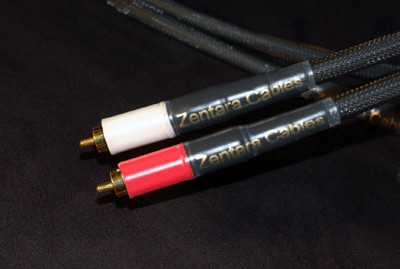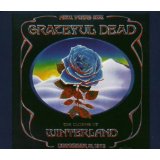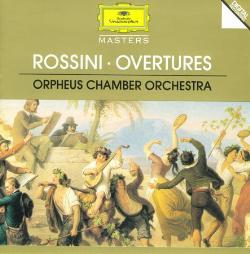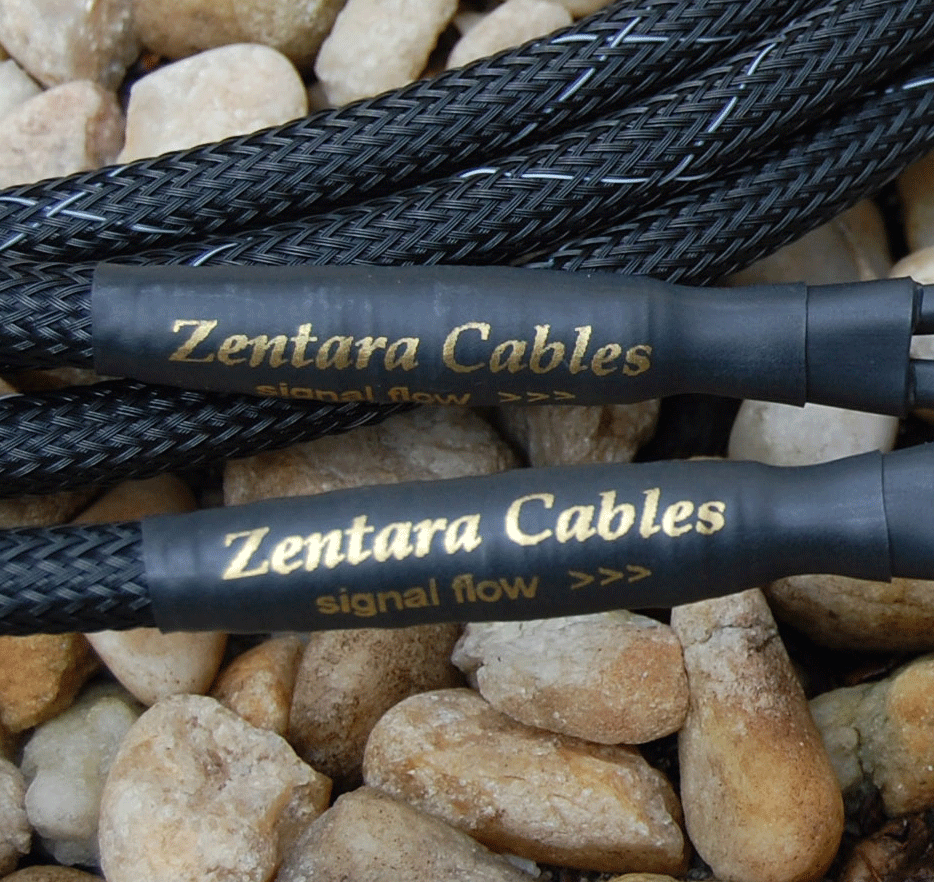Zentara IC-4 Interconnects & TF-8 Speaker Cables
|
|
|
Affordable and Fabulous |
|
|
 I think a lot of audiophiles, and I include myself in this group, secretly hate the very idea of overly expensive interconnects and speaker cables. It’s just wire, right? An amplifier – now that’s something! Cables are just, you know, cables. They hide behind our equipment racks with as much visual appeal as an extension cord. But they do have a real impact on sound, so we grudgingly hand over our Visa cards for the promise of more detail, more magic, and the illusion that Itzhak Pearlman is playing in the family room. Don’t tell your wife that a set of interconnects cost more than her engagement ring. You’ll be listening to your system more than ever because you’ll be sleeping on the sofa in in front of your speakers.
I think a lot of audiophiles, and I include myself in this group, secretly hate the very idea of overly expensive interconnects and speaker cables. It’s just wire, right? An amplifier – now that’s something! Cables are just, you know, cables. They hide behind our equipment racks with as much visual appeal as an extension cord. But they do have a real impact on sound, so we grudgingly hand over our Visa cards for the promise of more detail, more magic, and the illusion that Itzhak Pearlman is playing in the family room. Don’t tell your wife that a set of interconnects cost more than her engagement ring. You’ll be listening to your system more than ever because you’ll be sleeping on the sofa in in front of your speakers.
Cables, more than any other component, are subject to the most fantastic exaggerations of sonic benefit and manufacturing extravagance. I will not be surprised when someone claims that their cables are made from the flaxen hair of a virgin, woven by gnomes dancing around a May Pole: and because you’re a friend – for you – just $25,000. What a bargain. Out of pure coincidence, in an example of life imitating sarcasm, as I’m writing this article after one of the major hi-fi print rags shows up in my mailbox with a review of cables that actually cost $28,000! That’s two meters of wire that cost more than my Acura, and they’re not even woven by Gnomes.
Yes, good cables absolutely make a difference in a decent hi-fi system and they are worth an investment – to a point – but cables also drift off into financial la-la land very quickly, and the law of diminishing returns will punish the unwary. I’m not opposed to investing good money in cables, but I am offended by products that are so stupidly, disproportionately expensive relative to their function that they’ve lost all basis in reality. I recently bought an inexpensive Blu-Ray player and the kid helping me insisted that I needed an HDMI cable that cost more than the component. That’s just dumb, but it doesn’t stop anyone from trying to sell cables that way. The trick, for most of us, is balance: finding cables that deliver the sonic qualities we’re seeking in our systems, that are priced compatibly with the rest of our gear, without attracting bankruptcy attorneys, divorce papers, or angry bald ex-virgins.
I promise, there’s an equipment review coming up here any minute.
High fidelity is the name of the game, and we’re all looking to make our systems sound better, but you can’t get around the question of value. As cable manufacturers’ claims become more grandiose it gets harder to separate the potentially great sound of one product from the marketing bullshit of another, especially when a dearth of good retail hi-fi stores often means having to buy cables without hearing them first. I don’t know about you, but I work for living, so when I’m looking at new components – wires or otherwise – I want big bang for a sensible buck, and nowhere is this truer than with cables.
If you’re with the crowd that believes it should be possible to get… no scratch that… demands great sound from a full set of cables that still costs less than a really nice refrigerator (let alone a car), Vang Neng Kue, the proprietor of Zentara Cables has some wires you should check out. His IC-4 interconnects and TF-8 speaker cables might just be what you’re looking for.
Neng, an engineer by training and trade, hand assembles his cables to order, which gives him the flexibility to meet individual needs for various speaker configurations. They’re American made (in Michigan), a plus for us small business supporters, and he can turn them around quickly. From our initial conversation until I received the cables was only about two weeks, including construction time. That’s a satisfactory turnaround for a made-to-order product. They arrived in an economical plain cardboard box and they have a three-week money back guarantee.

Both the interconnects and speaker cables are constructed of Single Crystal Copper in a “tubular helical” design insulated with a proprietary ultra-thin Teflon. According to Zentara’s website, the designs are optimized for minimal capacitance and inductance with frequency extension at both ends of a stated goal. The interconnects use high-quality rhodium-plated pure copper RCA jacks (XLR is available as well). Bananas and spades are gold-plated. The cables are covered in a basic-black woven exterior material, and the speaker cables have an additional black rubber sleeve protecting the integration point between the main length of cable and the exposed termination ends. The speaker cables are almost an inch in diameter, while the interconnects are a little bigger around than their own RCA jacks. Both are reasonably flexible, easy to work with, and fit and finish is very good. Visually they’re pretty plain looking (you may have any color you like, as long as it’s black) so if you’re looking for bling these are not your cables. Personally I’d rather have my money go into good sound than fancy looking jackets anyway.
Break-in time was a good one hundred hours plus, with the sound changing significantly early on, becoming more open, less grainy, and more coherent before gradually settling down and smoothing out over a few week’s listening. Patience is rewarded here because their sound out of the box is a fraction of their true capabilities. Three weeks into this test the treble smoothed out beautifully.
Back to that question of value: the Zentara cables are reasonably priced by today’s hi-fi standards. A one-meter pair of interconnects costs $400. An eight-foot set of bi-wire speaker cables, which is really a double parallel run of single-wire cables, is $800. An eight-foot single-wire run is $450 making them comparably priced with the matching interconnects. Terminations can be configured in any combination of spades or bananas you want. Our non-hi-fi pals probably think that’s expensive, but in an age when $1,000 barely gets you entry level wires from a number of popular companies, the Zentaras are quite reasonable.
They sound good too. Cables strive to transmit the signal without added coloration, but of course in the real world it never quite works out like that. The best most of us can hope for is cables that just get out of the way as much as possible. With that in mind, the Zentaras just don’t sound like much of anything at all. Instead what comes through is a little more detail, a little more resolution, a little more information at the frequency extremes, and with those qualities comes more music.
 On the excellent Grateful Dead, Closing of the Winterland [HDCD, Grateful Dead Productions 2003, 4CDs], recorded live on New Year’s Eve 1978, it’s easy to imagine glass shattering all over San Francisco when Donna Godchaux inevitably flubs her solo scream in the “Sunshine Daydream” reprise. But in the same song you can also hear some startlingly dynamic drum strikes from Bill Kreutzmann on stage-left rear. Phil Lesh’s bass has a terrific palpable tone and tight bulbous power. When Jerry sings that he’s “spent half of his life doing time for some other fucker’s crime” Lesh underscores the sentiment with a tremendous bass thwack that may have startled the guys monitoring the San Andreas Fault. Instrument separation is as good as any live rock-&-roll recording I’ve ever heard, with tight, clear images, audible stage depth, and no residual tape hiss. Despite the name of the band’s sound system, there is nothing “wall of sound” about this recording. This is a seriously well-recorded rocking concert, and the Zentara cables get more of that information from my CD player to my speakers than I’m used to hearing.
On the excellent Grateful Dead, Closing of the Winterland [HDCD, Grateful Dead Productions 2003, 4CDs], recorded live on New Year’s Eve 1978, it’s easy to imagine glass shattering all over San Francisco when Donna Godchaux inevitably flubs her solo scream in the “Sunshine Daydream” reprise. But in the same song you can also hear some startlingly dynamic drum strikes from Bill Kreutzmann on stage-left rear. Phil Lesh’s bass has a terrific palpable tone and tight bulbous power. When Jerry sings that he’s “spent half of his life doing time for some other fucker’s crime” Lesh underscores the sentiment with a tremendous bass thwack that may have startled the guys monitoring the San Andreas Fault. Instrument separation is as good as any live rock-&-roll recording I’ve ever heard, with tight, clear images, audible stage depth, and no residual tape hiss. Despite the name of the band’s sound system, there is nothing “wall of sound” about this recording. This is a seriously well-recorded rocking concert, and the Zentara cables get more of that information from my CD player to my speakers than I’m used to hearing.
 The Orpheus Chamber Orchestra’s recording ofRossini Overtures [Deutsche Grammaphon, 1992] serves up some strenuous dynamic swings. The “Barber of Seville” switches between mezzo-piano to fortissimo-possible on the drop of a dime. But within the loudest passages low-level details are clear. Bass pizzicatos remain woody, and the tympani maintain their definition even through the orchestra around them. The resolution and clarity of these details presented within a much larger, louder orchestration is noteworthy.
The Orpheus Chamber Orchestra’s recording ofRossini Overtures [Deutsche Grammaphon, 1992] serves up some strenuous dynamic swings. The “Barber of Seville” switches between mezzo-piano to fortissimo-possible on the drop of a dime. But within the loudest passages low-level details are clear. Bass pizzicatos remain woody, and the tympani maintain their definition even through the orchestra around them. The resolution and clarity of these details presented within a much larger, louder orchestration is noteworthy.
The Zentaras also exhibit excellent consistency across the frequency spectrum. In my system at least, music from the highest highs to the lowest lows comes across uniformly. There are no highlighted or underrepresented regions of the spectrum. The extremes are consistent with the middle. If a piano resonates and sustains at middle C it also does so two octaves up. No roll-offs (high or low), no hotspots, no highlighting. If reproducing the spectrum of sound were like filling an envelope, the Zentaras would be getting into all the corners.
If it sounds like I’m enthusiastic about these cables, I am. The IC-4 interconnects aren’t quite as fast as the Nordost cables that I currently have in my system, but they do have more spectrum consistency. The TF-8 speaker cables have excellent overall clarity, revealing coloration and image diffusion in my LAT International cables. Bass is deeper and more tightly defined with the Zentaras. My ears tell me that the Zentara wires are more extended top and bottom, with better overall detail and smoother treble. Fully broken in, the Zentaras nicely tamed some occasionally piercing highs. The Zentaras are very true to the source with little added coloration. My own cables are good, but I could happily live with these in my system. They really are quite excellent.
If you’re one of those audiophiles with so much money that you blow your nose in hundred-dollar bills because fifties are just too scratchy, you’re probably going to skip over these wires just based on price. Hey, it’s your money, Jack. But if you’re in the market for some solid performing new cables, and you’re not planning on re-mortgaging the house or robbing a bank, the Zentaras are definitely worth an audition. The IC-4 interconnects and TF-4 speaker cables offer performance and value in a plain black wrapper. They do a lot of things right, very little wrong (at least in my system), and after purchasing them your wife might even let you sleep in your own bed. Without a doubt, this is the kind of product I like. They’ve added genuine sonic benefits to my system at a price point that makes sense with my other components. Nicely done.


Specifications
IC-4 interconnect cable
Features: Single crystal copper conductor for send signal
5N (99.999%) purity copper conductors for return signal
Each conductor is insulated with proprietary fluoropolymer insulation
Cotton fiber fillers for vibration dampening
Tubular helical Litz geometry, symmetrically spaced conductors for low capacitance
Aluminum foil shield & tinned copper braided shield for 100% shield coverage against EMI & RFI
TPR outer jacket for flexibility and durability
High performance Rhodium plated pure copper RCA connectors from Japan
Unique braided sleeve for protection from abrasion and cut-through
Price – IC-4 interconnects – $400 for one meter pair
TF-8 Speaker Cable
Features: 8 separate conductors, 5N (99.999%) purity copper, in each cable. Total of 32 conductors for a bi-wire set.
Each conductor is insulated with a proprietary fluoropolymer insulation
Cotton fiber fillers for vibration dampening
Tubular helical Litz geometry, symmetrically spaced conductors for low capacitance
TPR outer jacket for flexibility and durability
Gold plated copper spade and banana connectors for long term reliability
Unique braided sleeve for protection from abrasion and cut-through
Price – TF-8 Speaker Cable – $800 8ft. bi-wire pair.
Manufacturer Contact
Zentara Cables
Veng Neng Kue, Owner
734-674-6135
Email: Info@ZentaraCables.com
Website: www.zentaracables.com
|
Associated Equipment:
|
| Analog Front End |
| SOTA Star Sapphire turntable Audioquest PT-6 arm Audio Technica OC-9 cartridge |
| Digital Front End |
| Cambridge 840C cd player |
| Amplification |
| Emotive Audio Poeta preamplifier Cary Audio CAD-280 V12R Project Tube Box SE with NOS Mullard 12AX7 tubes |
| Loudspeakers |
| Spendor S8e |
| Cabling |
| Nordost Blue Heaven interconnects LAT International SS1000Mk2 speaker cables Cullen power cords MIT Z-Cable power cords |
| AC Conditioners |
| PS Audio Ultimate Outlet
Nordost Sort Kones AC |
Stereo Times Masthead
Publisher/Founder
Clement Perry
Editor
Dave Thomas
Senior Editors
Frank Alles, Mike Girardi, Key Kim, Russell Lichter, Terry London, Moreno Mitchell, Paul Szabady, Bill Wells, Mike Wright, Stephen Yan, and Rob Dockery
Current Contributors
David Abramson, Tim Barrall, Dave Allison, Ron Cook, Lewis Dardick, Dan Secula, Don Shaulis, Greg Simmons, Eric Teh, Greg Voth, Richard Willie, Ed Van Winkle, and Rob Dockery
Music Reviewers:
Carlos Sanchez, John Jonczyk, John Sprung and Russell Lichter
Site Management Clement Perry
Ad Designer: Martin Perry






Be the first to comment on: Zentara IC-4 Interconnects & TF-8 Speaker Cables